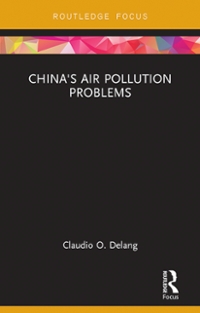33333
l. A. tax on consumption is equivalent to a tax on labor income. 2. An increase in government spending without a commensurate increase in taxes 1Iivill increase national income. 3. In the past few months, the Federal Reserve has dJ'Itlcallj' increased the money supply. but output. employment and prices have all increased very slowly. Such an outcome is evidence in favor of the quantity theory. 4-. An increase in government spending without a commensurate increase in taxes 1Iivill increase 1welfare. 5. A permanent increase in productivity should cause permanent increases in both eon sumptioo and employment. 6'. The lowering of a country's sovereign debt rating is equivalent to an increase in every one's income tax rate and having the revenues thrown into the ocean. 7". Consider the following simplied version of a stochastic growth model. There are a xed number of price-taking producers that solve E335H=IiML, 11:45,}\"1, oil. {PEP} where: H; is prot; L; is labor; and W; is the real wage. There is no population growth, and the population and number of rms are normalized to 1, so that upper case letters denote intensive as well as aggregate quantities. There is a government, making expenditures that are nanced by distortionary taxes on households' labor income: G; = [1 3*}WtLg, {GEE} where: G} is the government's purchases of goods and services aan St = l T: is the 'aftertax' rate on labor income. Government spending is driven by the aftertax rate, which follows an A311] process around the log of its steadyr state value: aEhlstlS}=Et1+E \"it\"{L {TS} where {ct} is a zero-mean i.i.d. process, and D a: S <: is the steady state aftertax fraction. can also assume e ht. preferences of representative household over consumption government spending and labor are given by es to m xe .. x31 households receive income prots rms. they pay taxes on their keeping fraction st goods. individual being atomistic take g as given. save purchasing riskfree bonds. let b denote quantity bonds bought at time t measured in terms output. unit delivers rt units output face usual initial non-negativity noponzigame conditions. solve consumer producer problems. note that there no capital this economy. so represent trades between consumers. imposing equilibrium nd resource constraint allocation condition. use result express rate st: then for value n do higher tax rates values sf increase or decrease briey explain substitution lowercase letters carats a deviations logged variables arolmd values. show.r loglinearized expressions hours are: s l: i find log average productivity. up if f:- productivity be pro countercyclical model ex plain. cyclicality found oonsistent data not how might modied proportional simple dynamic with specic utility functions consider following economy: time: discrete innite horizon demography: continuum mass oonsumery large number prot maximizing rms owned jointly households. preferences: instantaneous function eel- where c oonsumption. discount ctor .5 technology: constant returns scale technology which only input rm hires h produces sh endowments: each has per period allocate ever like work leisure. institutions: meet an exogenous stream expen ditures: thrown into ocean. govermnent levy issue order its expenditure requirement. restricted t1 revenue from provides lahor services num ts wage rate. every markets labor: down problems mood rm. budget constraint. dene characterize competitive equilibrium. does ricandian equivalence hold would your answer part change was replaced ecl>











